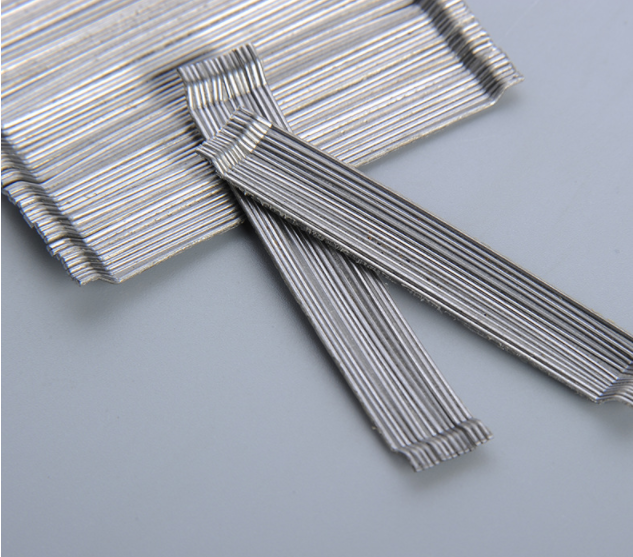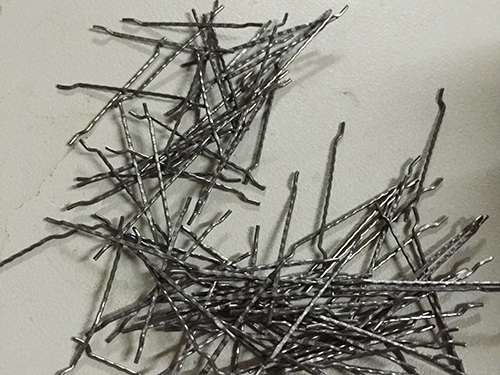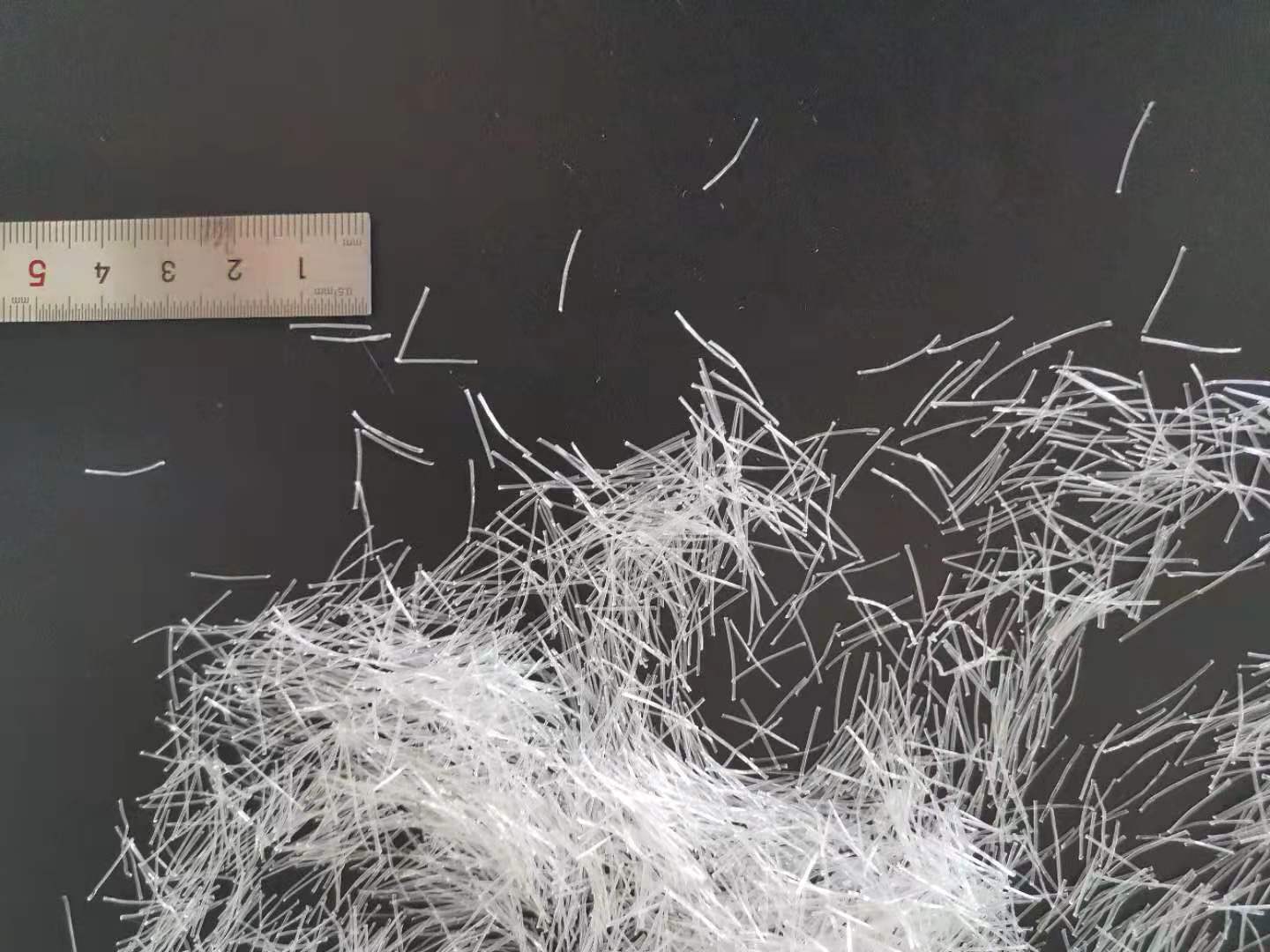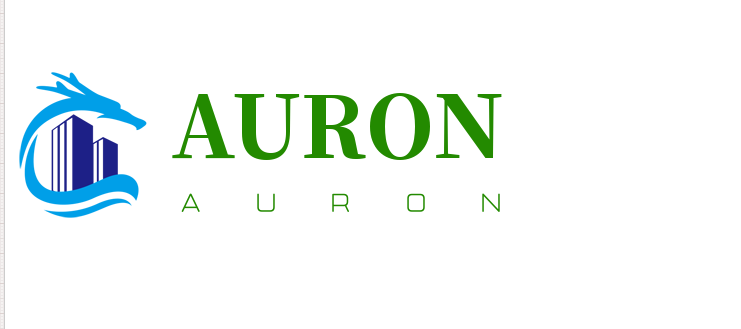Steel fiber reinforced concrete has good crack resistance, integrity and low shrinkage, so its waterproof, anti-seepage, freeze-thaw resistance, heat resistance, wear resistance, cavitation resistance and corrosion resistance are significantly improved. It can be used in basement anti-seepage and other projects.

Disadvantages of steel fiber reinforced concrete:
1. The technical feature of steel fiber reinforced concrete is that it can improve the toughness and tensile strength of concrete, but steel fiber is easy to agglomerate when mixing, the workability of concrete is poor, pumping is difficult, difficult to construct and easy to rust.
2. The self weight of steel fiber reinforced concrete and the use of a large amount of steel in manufacturing increase the consumption of steel and increase the cost.
3. The failure mode of steel fiber in use is mainly pulled out rather than broken, which shows that the adhesion between steel fiber and concrete is insufficient, which will affect the effect of improving the tensile strength of concrete. The principle of toughening and strengthening is that when the crack occurs, the further development of the crack is prevented due to the high modulus of steel and the high tensile strength of a single root; However, due to the limited number, it has little effect on micro crack restraint, and the improvement of anti permeability, freeze-thaw and other properties is not obvious.
4. During construction, the steel fiber density is too high, which tends to sink in the lower part of the concrete during vibration and pouring, so it is impossible to distribute evenly.







